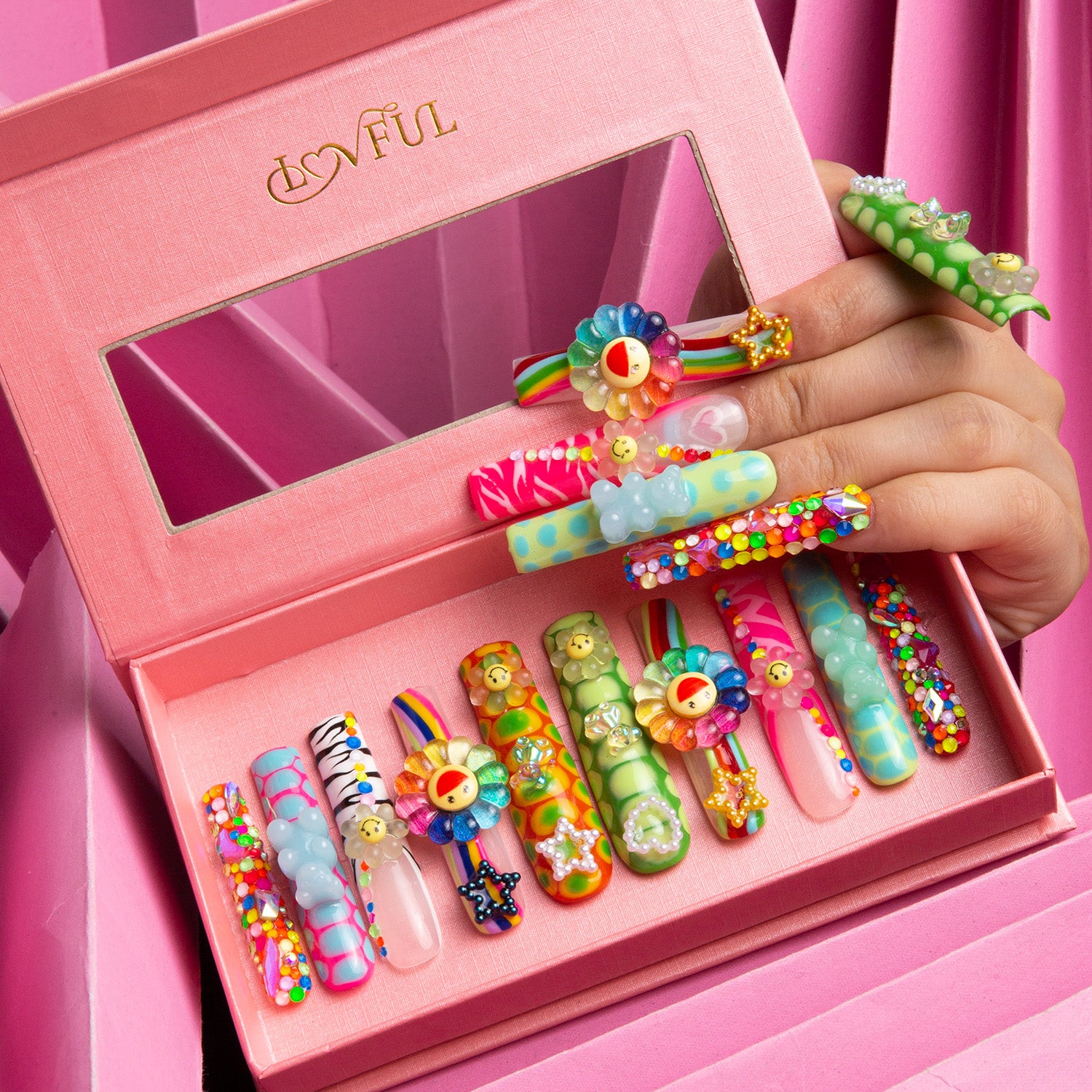When it comes to the world of nails, there is a rich history and tradition behind the art of handmade nails. From the early days of blacksmiths forging nails by hand to the modern-day craftsmanship of artisan nail makers, the process of creating handmade nails is a true testament to the skill and dedication of the artisans involved.

The History of Handmade Nails
The art of creating handmade nails dates back centuries, with evidence of hand-forged nails dating as far back as the Roman Empire. In the early days, blacksmiths would heat iron rods and then hammer them into the desired nail shape. This process required great skill and precision, and the resulting nails were strong and durable, making them a valuable commodity.
As the industrial revolution took hold, the demand for nails grew, and the production process shifted to machines. However, there has been a resurgence of interest in the art of handmade nails in recent years, with artisans and craftspeople embracing traditional techniques to create unique and high-quality nails.
The Craftsmanship Behind Handmade Nails
Creating handmade nails is a meticulous process that requires a keen eye for detail and a steady hand. Artisans start with raw materials such as iron or steel, which are then heated and shaped using traditional tools and techniques. Each nail is carefully crafted to ensure uniformity in size and shape, and the finished product is often a work of art in its own right.
One of the key elements of the craftsmanship behind handmade nails is the attention to detail. Artisans take great care to ensure that each nail is perfectly formed, with no imperfections or irregularities. This level of precision is what sets handmade nails apart from their mass-produced counterparts and makes them highly sought after by discerning customers.
The Modern-Day Revival of Handmade Nails
In recent years, there has been a growing appreciation for traditional craftsmanship and artisanal products. This has led to a resurgence of interest in handmade nails, with a new generation of artisans embracing the art and bringing fresh innovation to the craft.
Today, handmade nails are not only valued for their quality and durability but also for their aesthetic appeal. Artisans are experimenting with different shapes, finishes, and decorative elements to create nails that are not only functional but also visually striking. This modern twist on a traditional craft has captured the attention of designers, architects, and homeowners alike, leading to a renewed demand for handmade nails in various industries.
The Future of Handmade Nails
As we look to the future, it is clear that the art of handmade nails will continue to thrive. The combination of traditional craftsmanship and modern innovation has opened up new possibilities for creating nails that are both functional and beautiful. Whether used in woodworking, construction, or decorative applications, handmade nails are sure to remain a timeless symbol of quality and craftsmanship.
With a growing appreciation for artisanal products and a desire for authenticity, handmade nails are poised to play a significant role in the future of the nail industry. As more artisans embrace the craft and new techniques and materials are explored, we can expect to see a continued evolution of handmade nails that will captivate and inspire for generations to come.








